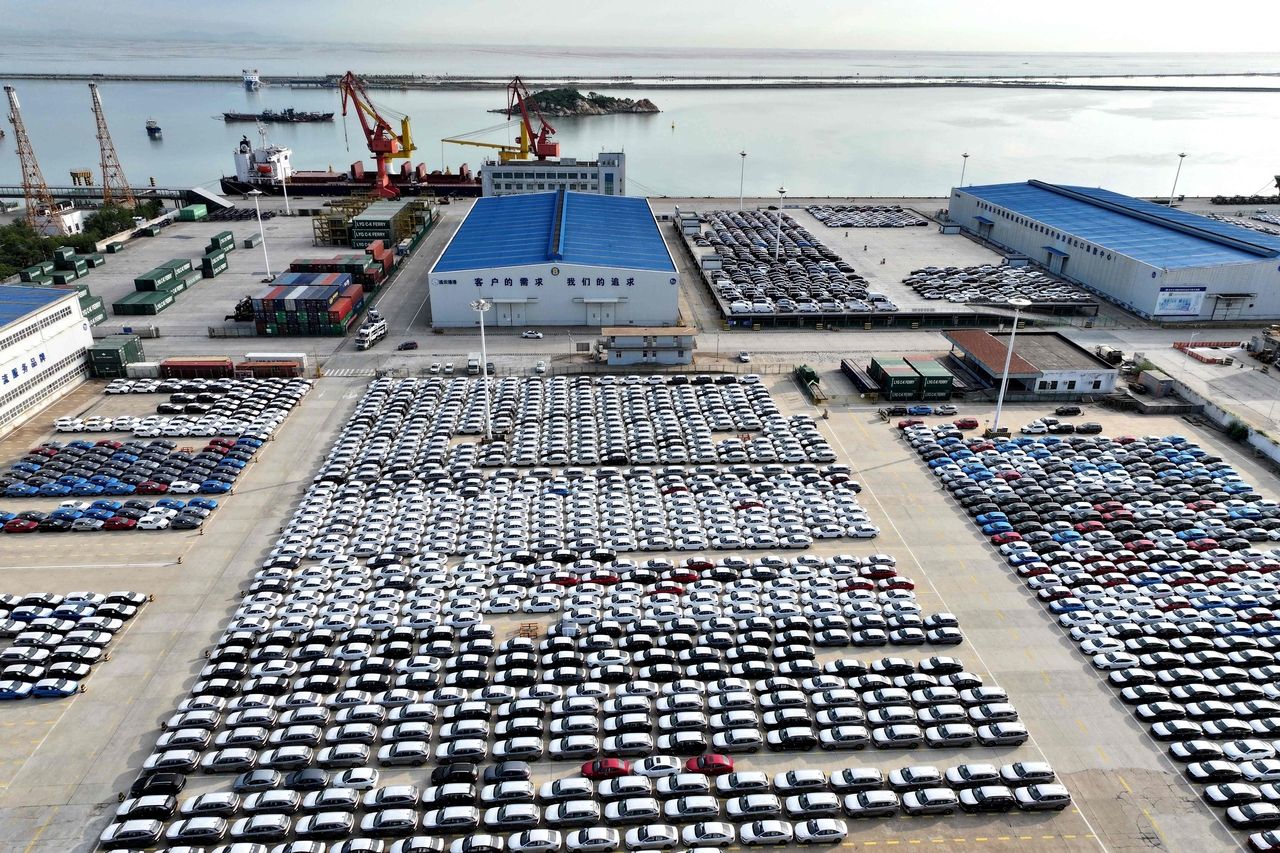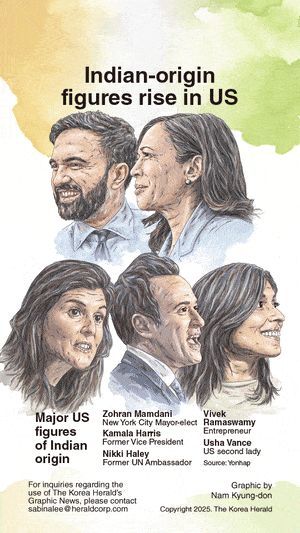 BEIJING (AFP) — China’s economy expanded by 5.2% in the second quarter, official data revealed Tuesday. While robust exports bolstered growth, analysts cautioned that more effort is needed to tackle sluggish consumer demand.
BEIJING (AFP) — China’s economy expanded by 5.2% in the second quarter, official data revealed Tuesday. While robust exports bolstered growth, analysts cautioned that more effort is needed to tackle sluggish consumer demand.
This rare piece of good news comes as Chinese leadership battles on multiple fronts to revitalize growth — a challenge made even more daunting by Donald Trump’s ongoing tariff war.
However, experts warn that the ripple effects of global trade tensions and persistently weak domestic consumption could lead to an economic slump in the latter half of the year.
Since his return to office in January, the U.S. President has slapped tariffs on China and most major trading partners, threatening Beijing’s exports just as the country increasingly relies on them to fuel economic activity.
Although the two superpowers attempted to ease tensions following a framework agreement reached during London talks last month, observers remain wary of lingering uncertainties.
On Tuesday, Beijing’s National Bureau of Statistics reported that the Chinese economy grew by 5.2% from April to June, matching predictions from an Agence France-Presse analyst survey and surpassing the government’s official annual growth target.
However, this figure marks a slowdown from the 5.4% growth seen in the first quarter, which was boosted by exporters rushing to ship goods ahead of hefty U.S. tariffs taking effect.
\”The national economy withstood pressure and made steady improvements despite challenges,\” Sheng Laiyun, deputy director of the NBS, stated at a news conference.
\”Production and demand grew steadily, employment remained generally stable, household income continued to rise, new growth drivers showed robust development, and high-quality development made new strides,\” he added.
Market reactions were mixed — after a strong start, Hong Kong’s early gains faded, while Shanghai dipped into negative territory.
Elsewhere, Tokyo, Sydney, Singapore, and Taipei saw gains, but Seoul, Wellington, and Manila retreated.
\”The figures probably still overstate the strength of growth,\” noted Zichun Huang, China Economist at Capital Economics.
\”With exports set to slow and the tailwind from fiscal support on course to fade, growth is likely to decelerate further during the second half of this year,\” Huang added.
Retail sales rose 4.8% year-on-year, falling short of forecasts from a Bloomberg survey of economists, suggesting that efforts to stimulate consumption have fallen flat.
These disappointing figures come as Beijing attempts to shift towards a growth model driven more by domestic demand rather than the traditional key drivers of infrastructure investment, manufacturing, and exports.
Meanwhile, factory output increased by 6.8%, surpassing estimates — reflecting sustained high demand for Chinese exports that has fueled growth.
However, analysts warn that strong exports could be driving deflationary pressures, further dampening already sluggish consumer demand.
Sarah Tan, an economist at Moody’s Analytics, noted that recent efforts to boost spending, such as expanding the consumer goods trade-in program earlier this year, temporarily lifted retail sales.
\”However, this support proved unsustainable, with funding reportedly drying up in several provinces. The scheme’s limitations highlight the need for policymakers to address the deeper structural challenges behind consumer caution,\” Tan explained.
Data released last week showed consumer prices edged up in June, barely snapping a four-month deflationary trend, while factory gate prices dropped at their fastest rate in nearly two years.
\”The economy posted a solid first half, supported by resilient exports, though this momentum is contributing to deepening deflationary trends,\” Louise Loo, Head of Asia Economics at Oxford Economics, said in a note.
\”The cost of strong exports is more deflation,\” she added.
Disagreements persist between Beijing and Washington, despite the framework agreement reached last month.
Trump upped the ante on Monday, warning Russia’s trading partners that he would impose \”very severe\” tariffs of up to 100% if Moscow fails to end its war on Ukraine within 50 days.
Western nations have repeatedly urged China — a key commercial ally of Russia — to leverage its influence and persuade President Vladimir Putin to halt his three-year-old war with Ukraine.
\”The economic outlook for the rest of the year remains challenging,\” Capital Economics’ Huang stated.
\”With tariffs set to remain high, fiscal ammunition being depleted, and structural headwinds persisting, growth is likely to slow further over the second half,\” she concluded.










Most Commented